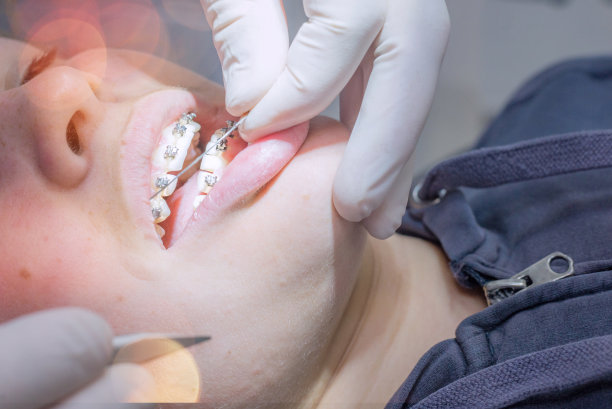Essential Tips and Precautions You Should Follow Before and After Dental Filling Procedures
Summary: Dental fillings are common procedures aimed at restoring teeth affected by decay or damage. Understanding the essential tips and precautions before and after dental fillings can vastly improve the outcome and ensure optimal oral health. This article discusses four key aspects: preparing for your appointment, post-procedure care, managing discomfort and sensitivity, and maintaining dental health after fillings. By adhering to these guidelines, patients can enhance their recovery process and prevent complications. Whether you are considering your first filling or are a seasoned dental patient, following these strategies will lead to a smoother experience and better long-term results.
1. Preparing for Your Appointment Effectively

Preparation is crucial when it comes to dental fillings. Before your appointment, ensure you have a clear understanding of the procedure, including the type of filling material that will be used and what to expect during the process. Gather any questions or concerns you may have to discuss with your dentist.
Additionally, maintain a log of your medical history and any medications you are currently taking. Informing your dentist about existing health conditions or medications can help prevent any potential complications and allow for a customized approach to your filling procedure.
Lastly, arrange for someone to accompany you to your appointment, especially if you are receiving sedation. This ensures your comfort and safety after the procedure, as you may experience some drowsiness or impaired coordination.
2. Post-Procedure Care Essentials
After undergoing a dental filling, it’s vital to follow specific post-procedure care guidelines to promote healing. One of the first recommendations is to avoid eating or drinking for at least two hours after the procedure. This will help prevent any potential disruption to the filling material and reduce the risk of biting down incorrectly.
Moreover, it’s beneficial to stick to soft foods for the first few days post-filling. Foods like yogurt, pureed vegetables, and smoothies can help maintain your nutritional intake without straining your newly filled tooth.
Proper oral hygiene should also be emphasized. Resume regular brushing and flossing but do so gently around the filled area to avoid irritation. If you notice sensitivity, consider using toothpaste designed for sensitive teeth until things settle.
3. Managing Discomfort and Sensitivity Post-Filling
It is common for patients to experience some level of discomfort or sensitivity in the days following a filling procedure. This is usually temporary but can be managed effectively. Over-the-counter pain relievers, such as ibuprofen or acetaminophen, can help alleviate any discomfort and minimize inflammation.
If sensitivity to hot or cold persists for more than a few weeks, it is essential to contact your dentist. They can evaluate the filling to ensure that it was correctly placed and that there are no underlying issues causing the discomfort.
Additionally, practicing mindfulness around temperature extremes can help. Try to avoid extremely hot or cold foods and beverages for some time, as they might exacerbate the sensitivity. Gradually reintroducing these elements can help gauge your comfort levels.
4. Maintaining Dental Health After Fillings
To ensure the longevity of your dental fillings and to promote overall oral health, commitment to good dental hygiene practices is essential. Brush your teeth at least twice a day and floss daily, paying special attention to the filled areas to prevent plaque buildup.
Regular dental check-ups are also critical. Schedule appointments with your dentist every six months to monitor the health of your fillings and surrounding teeth. This proactive approach can help detect issues early before they escalate into more serious problems.
Furthermore, make smart dietary choices. Limiting sugary snacks and acidic foods can significantly impact your dental health. Focus on consuming a balanced diet rich in vitamins and minerals, which support tooth and gum health.
Summary:
In conclusion, being informed and prepared before and after dental filling procedures contributes significantly to a positive dental experience. The strategies outlined in this article—from preparing for your appointment to ongoing oral care—can help mitigate discomfort and promote long-lasting results.
Following these essential tips allows for a healthier smile and greater peace of mind. Remember, your oral health is an ongoing journey, and staying proactive is key.
This article is compiled by Vickong Dental and the content is for reference only.



